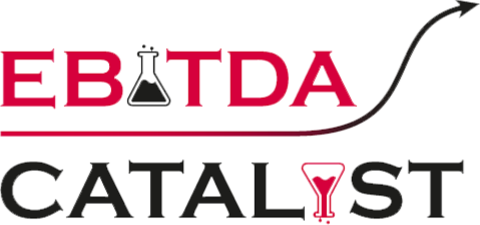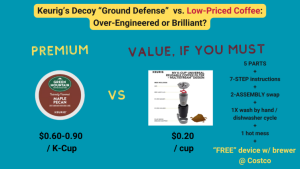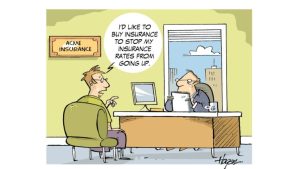Part #2 of 2. Part #1 When SaaS Freemium Is Not Free: The Gotcha “Strategy” was published last week and sets the stage for how to evaluate (and generalize findings) from a case study like the one we tackle here.
(Note: All references to a specific company name have been removed, and images have been edited likewise. The purpose of this is not to pick on specific companies, but to propose ideas and guide rails that may serve in the marketplace).
The Setup And The Promise
Consider the following real-life example, illustrated in the featured image.
- A SaaS company offers cloud storage and various ways to share, enhance, embed, and display your valuable digital assets (think a Canva for creative, Google Photos, Dropbox, DocuSign and many others). In this case, it’s videos, with primary use case being testimonial videos.
- The Free plan promises to allow “Up to X” free published assets.
- The sign-up for a Free plan is prominently advertised with magnet CTAs on the home page and signing up is a two-click operation with your Google account
- There’s a long set of attractive graphics to illustrate the ease, use cases, and features
- Uploading your digital assets or asking others (including valued business relationships) to contribute more assets is as easy as you’d expect.
So far so good. You decide to put this to a test. You upload something you value, and you ask a valued client or several to do the same (all within the “Up to X” free limit).
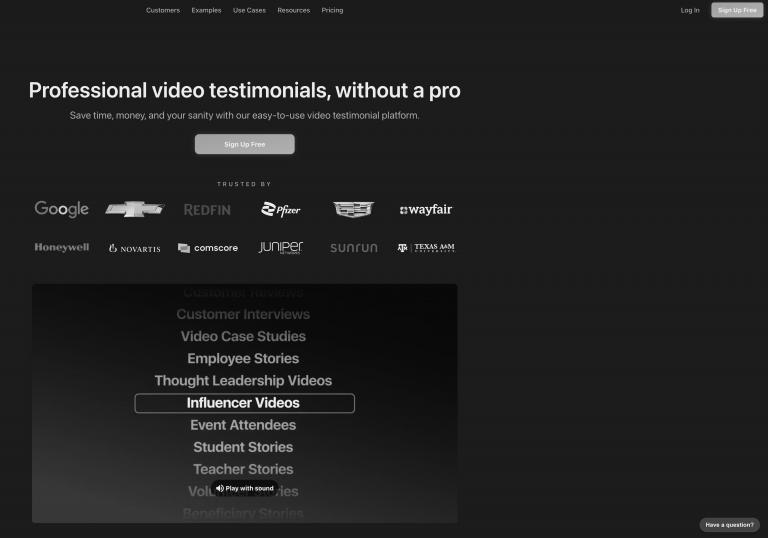
When The Rubber Meets The ... "Free Plan"
On trying to make a change to one of the digital assets you think you (or your client) surely own, however, you discover in rapid succession:
- You cannot download your own raw content you / your client contributed unless you upgrade to a paid plan (or pay $99 / asset to download individually). In other words “your” account does not make what is IN your account, yours!
- The “cheapest” paid plan starts at close to $600, and despite the repeated and deceptive use of the words “per month” in the pricing grid (as in a reasonable bite of “$49/month”), there is no monthly subscription, only full annual
- You do not control whether your digital assets are public or private unless you pay (again, starting at a spicy $588 first bite)
- The more you trusted this company, used the Free trial as if you really wanted to learn about the product and the more assets you now have in their cloud, the more that “alternative” of $99 / asset is no alternative
- You have 14 days for each asset to be “Published” (again, at that point only paid plans can switch it to private), or your assets are “archived” (this, it turns out, means “forever lost” or in the company’s words “no longer accessible in your account”). So unless you meant for the whole world to see these assets, you are now between the rock “lose them” and the hard place “pay $588 or more for the privilege to keep your private assets, private”
- The service encourages you and your business relationships to create the digital assets directly in the cloud (e.g., your only copy often is the one in their “trusted” cloud)
- The closest reference to anything you may have interpreted as “you don’t own your content anymore” in the Free plan is below the fold on a 17-inch screen, even in the “Full Pricing Comparison”, and uses muddled language in the middle of busy paragraph
- The “Customer Success” function, given a chance to assess and release your content back to you, refers you to the option to pay $99/asset and declares they “try to be clear about this by calling it out on the pricing page” and “will relay your experience to the product team”.
Implication: in this company’s version of Freemium, one would miss crucial information by not reading the Pricing page first … isn’t the very purpose of a Free plan to delay dealing with Pricing fine details until you have tried the product / experienced the value? And even if one does, instead of clicking on those big “Sign Up Free” CTA’s, go read the Pricing page, hope springs eternal the user just might understand the muddled way, down in the middle of nowhere on the page, they “try” to say things.
The image carousel below illustrates with our captions the ease of signing up, matched only by the difficulty of finding the information about what users would “give up” for the “free” plan (control over the user’s own digital assets). Hover over an image to pause the carousel.
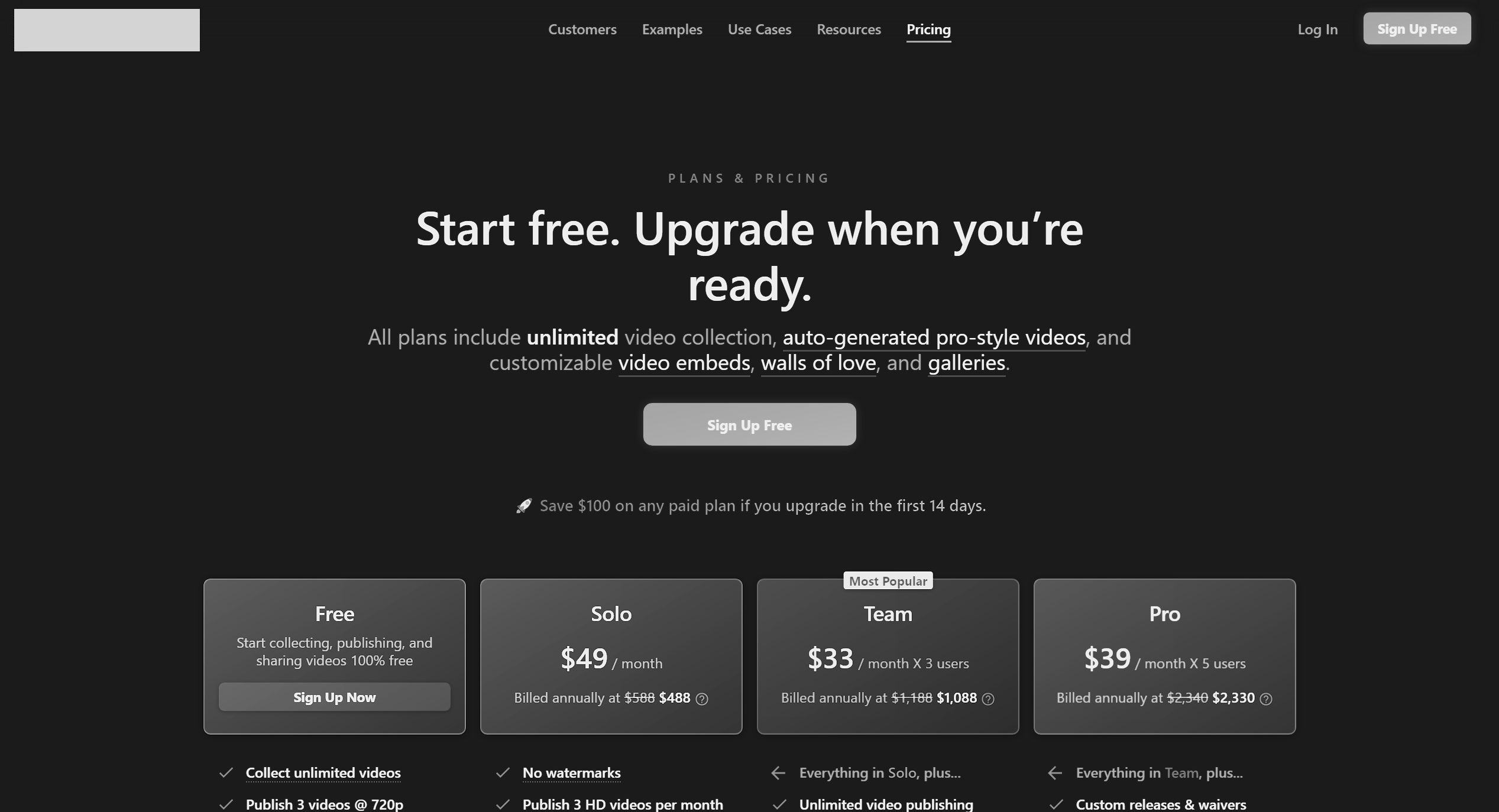
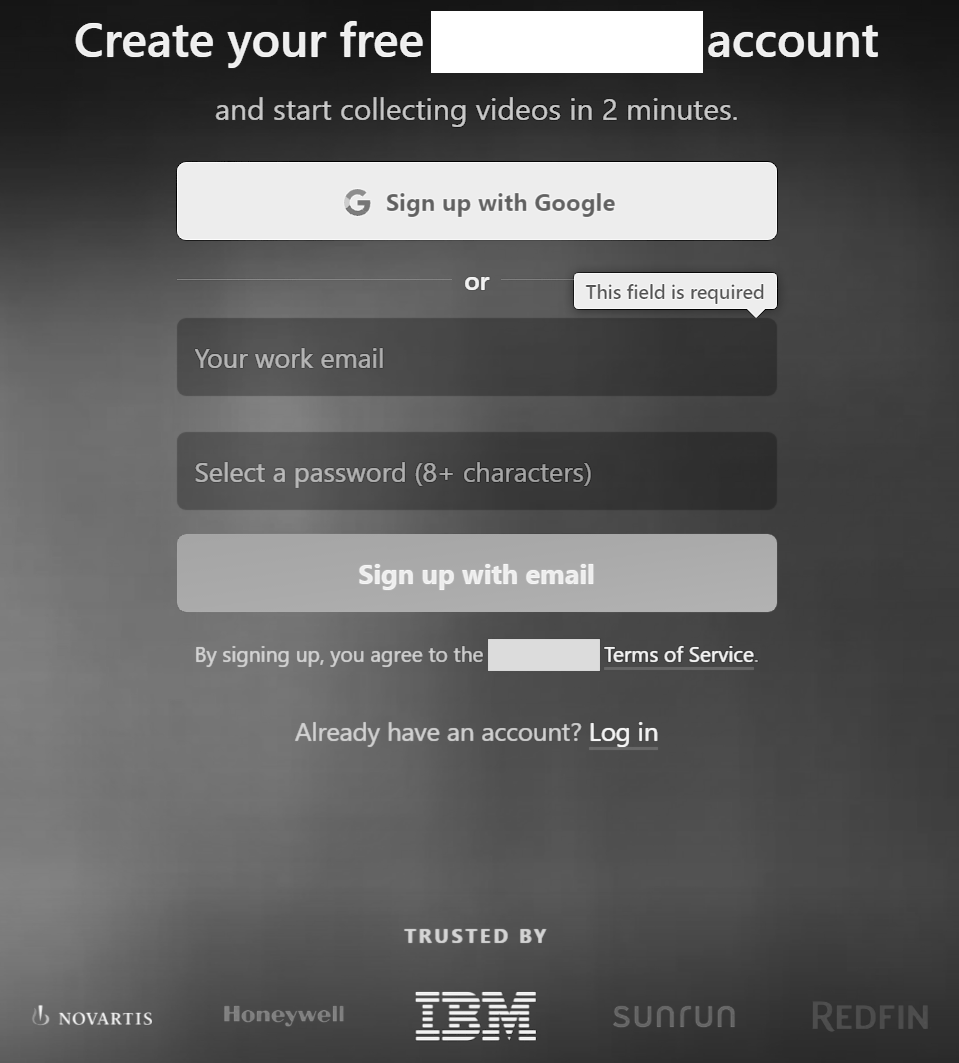
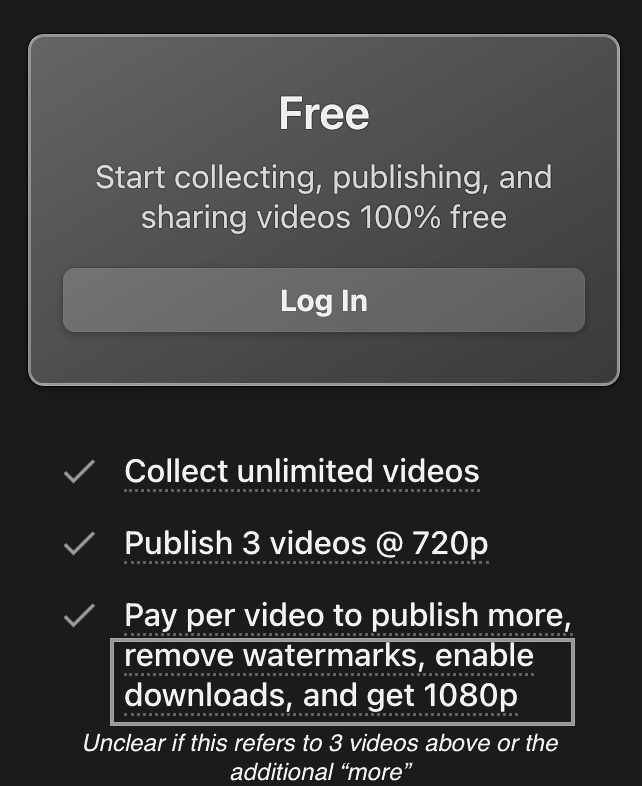
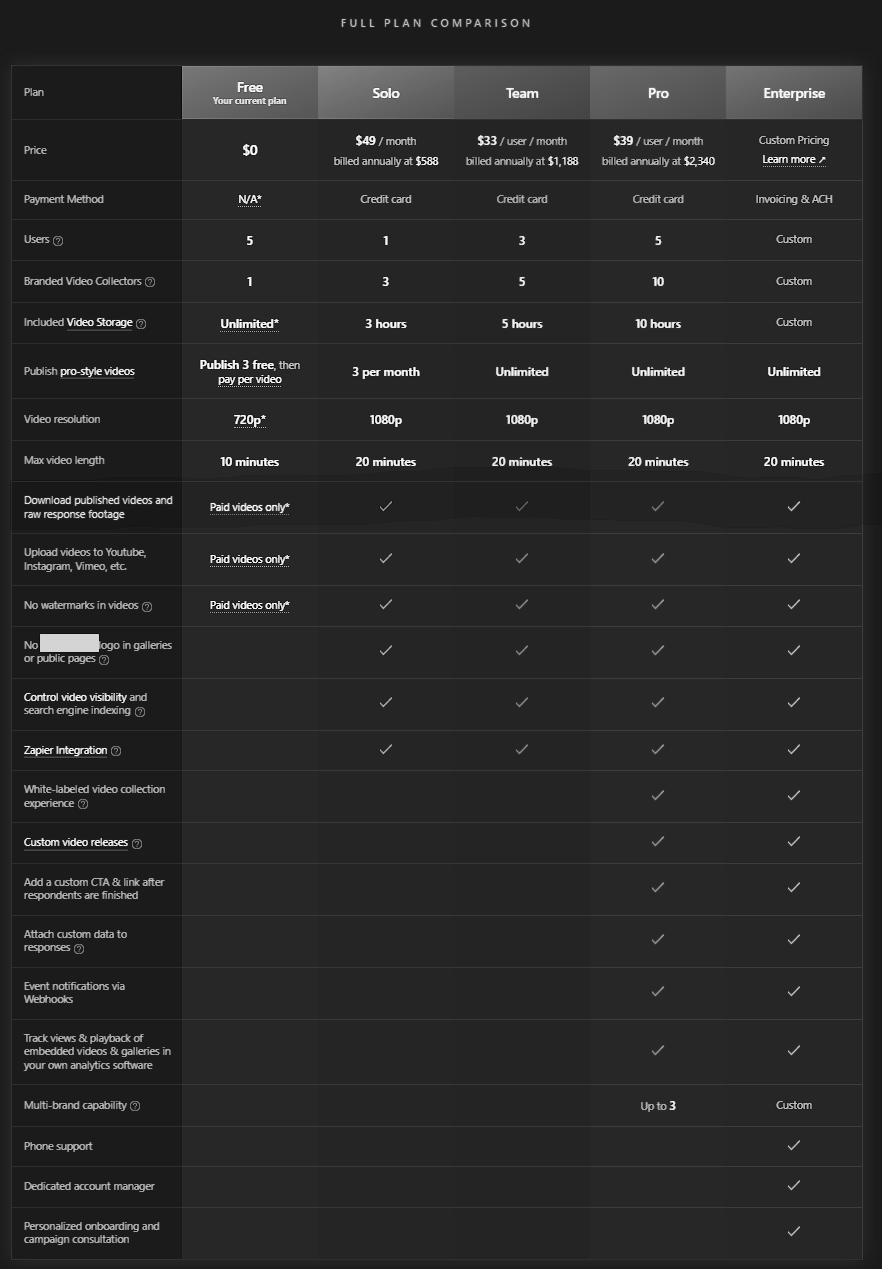
Hover over an image to pause the carousel. Right-click -> Open In New Window if image is not large enough on your screen.
Conclusion & Update
Wow. Is this plan “Free”? Is it “Risk-Free”? Is it “Hassle-Free”?
Or is it “Free only if you don’t really try it with any assets you might care to get back”?
Having committed to publish this blog, yet to avoid reference to a specific company, I reached out one more time to the company. Restating my concern over how their Free plan deprives users of control of assets in their account, I provided a link to Part #1 of our blog When SaaS Freemium Is Not Free: The Gotcha “Strategy”
The company released my digital assets for free download, with a note from the VP of Customer Success: “We’ve enabled downloads in your plan for the next week so that you can download your published video and raw responses. We are sincerely sorry that you felt like this was a ‘gotcha’ experience.[…] Still looking for the right way to go to monetize […] would be delighted to hear your quick take.”
I credited the company’s “growth mindset”, and pointed them to my own (paid) entry-level plan. The free “quick take” is already here for the taking.
Want more EBITDA Catalyst insights?
Follow EBITDA Catalyst on LinkedIn: https://www.linkedin.com/company/ebitdacatalyst/ or connect with any of us directly on LinkedIn.
Check out our Pricing Quotes page, where you can submit your own favorite. If you are a pricing professional or someone who just thinks about pricing a lot, feel free to submit your own words of wisdom and we will quote YOU (if we find it quotable)! https://www.ebitdacatalyst.com/quotes-on-pricing/
